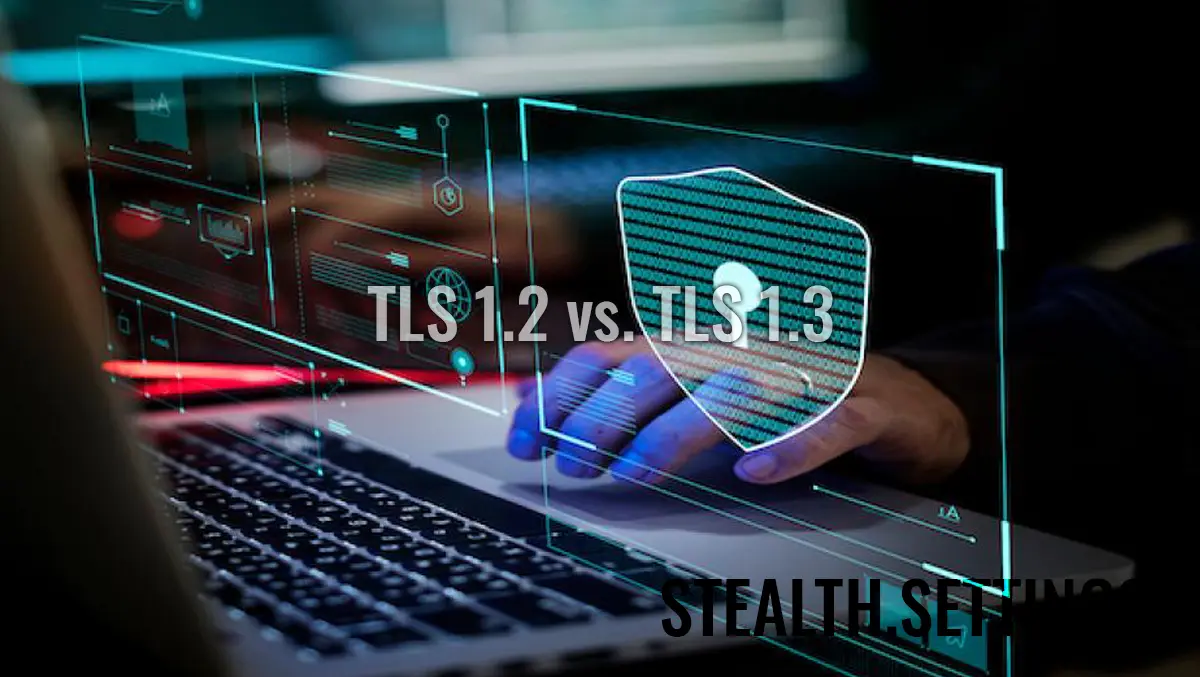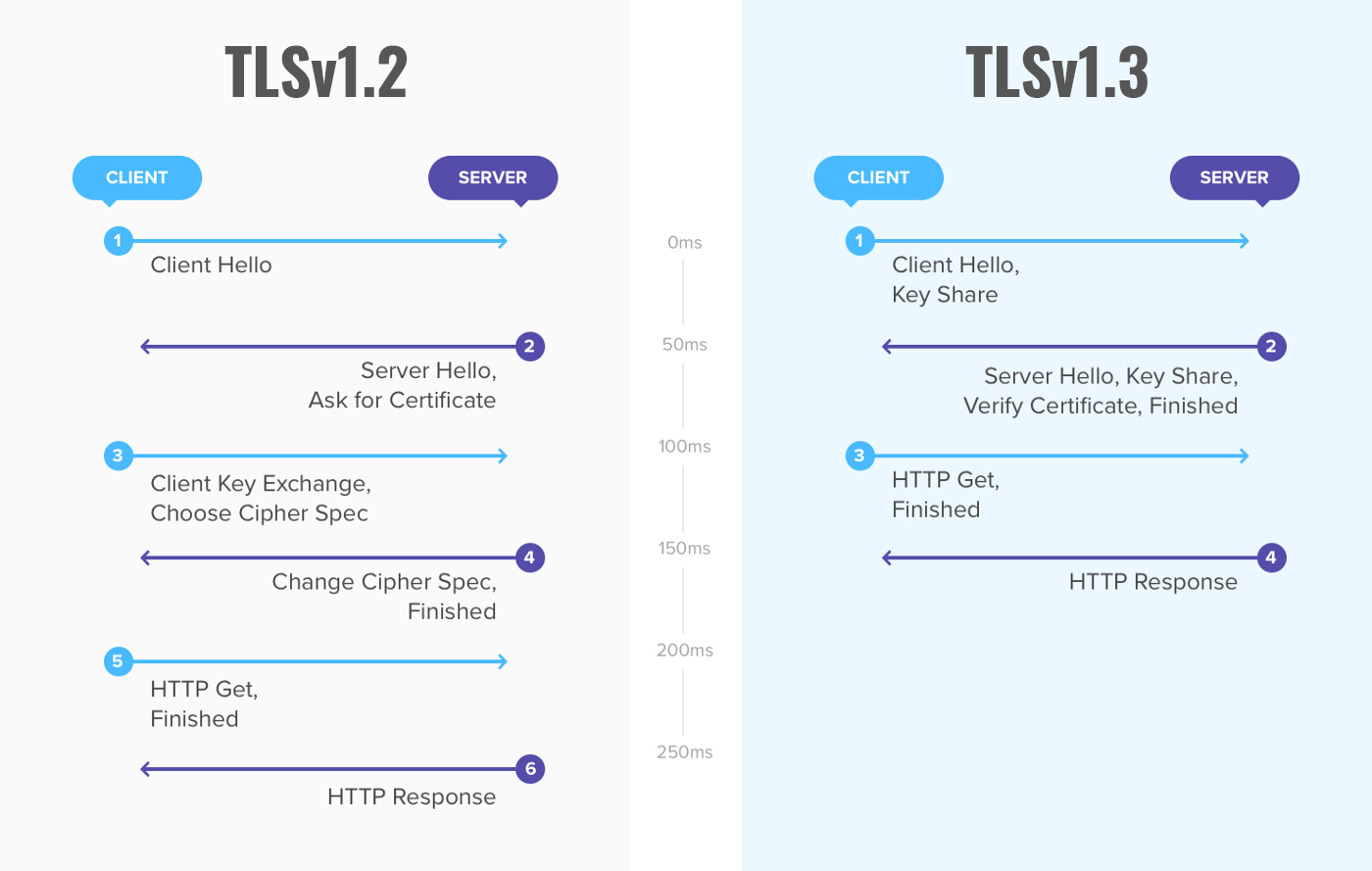The differences between TLS 1.2 and TLS 1.3 – Speed and security

What are the differences between TLS 1.2 and TLS 1.3? Why is it necessary to switch to the latest version of cryptographic protocol?
The guides “Good practices” Web tell us that security in view of the host server is to be activated TLSV1.3. Thus, when a user connects to a website, it is expected that the data transmitted through the Internet will remain confidential. Be sent encrypted and cannot be intercepted by a third party. For example when we make a Online payment, web page where we enter our confidential data must provide us with a protocol sEquized. A connection HTTPS secure (SSL) Secure Socket Layer / (TLS) Transport Layer Security.
Internet current browsers provides support so much for TLS 1.2 as well as for TLS 1.3, but the protocol TLS 1.3 is the one recommended, coming with two important advantages. Speed and security.
What are the differences between TLS 1.2 and TLS 1.3?
Security and the data exchange speed client – Server are the differences between TLS 1.2 and the new version TLS 1.3.

As can be seen in the image above, TLS 1.2 It needs two roads in addition to the TLS 1.3 version. This means a higher latency in the client-server connection than the Cryptographic Protocol TLS 1.3. A complete secure connection is made in about 150MS, while for TLS 1.2 the time is about 250MS.
- Certificate TLS / SSL – A new limit of the validity duration imposed on September 2020
- Fix “Error code: ssl_error_ssl_disabled” or “Internet Explorer cannot display the webpage”.
- How to move a blog or WordPress website from http to https (NGINX)
- How we install SSL (HTTPS Connection) certified for a Hostat website on a NGINX server without CPanel or Vestacp
Reducing the time of completion of the client connection – server by eliminating algorithms means a greater speed load of a web page and a better customer experience.
Https connection It is made faster with the TLS 1.3 protocol by removing the number of connections between the host server and the client that connects with it when accessing a web page.
In conclusion, Differences between TLS 1.2 and TLS version 1.3 are: speed of client-server connection completion (or latency), security increased (by eliminating the number of queries and encryption), experience to the client.
In order for a webserver to be able to serve web pages for all Internet browsers, all the procholes must overcome. SSLv3, TLSv1, TLSv1.2, TLSv1.3.
The differences between TLS 1.2 and TLS 1.3 – Speed and security
What’s New
About Stealth
Passionate about technology, I write with pleasure on stealthsetts.com starting with 2006. I have a rich experience in operating systems: Macos, Windows and Linux, but also in programming languages and blogging platforms (WordPress) and for online stores (WooCommerce, Magento, Presashop).
View all posts by StealthYou may also be interested in...

